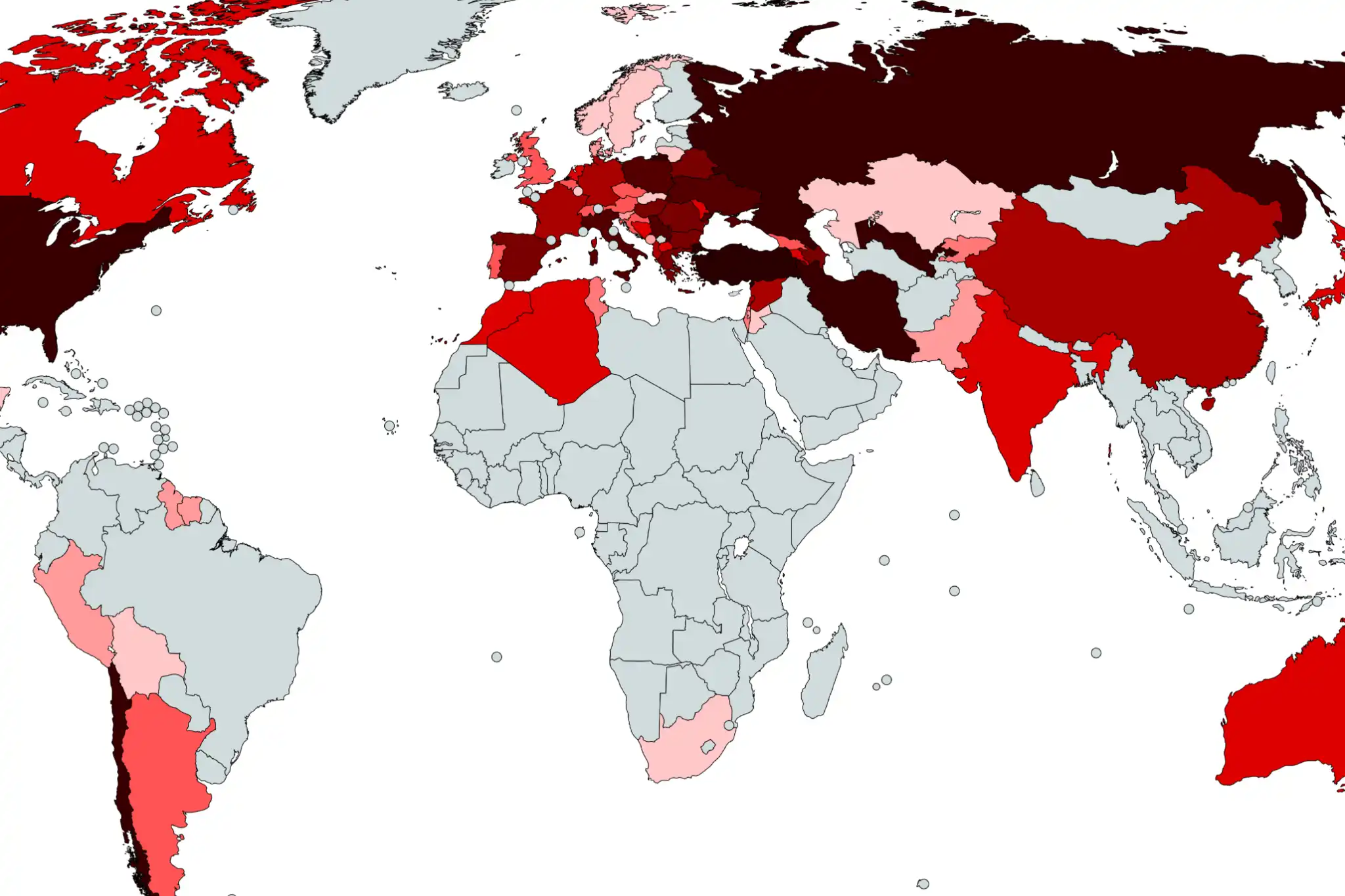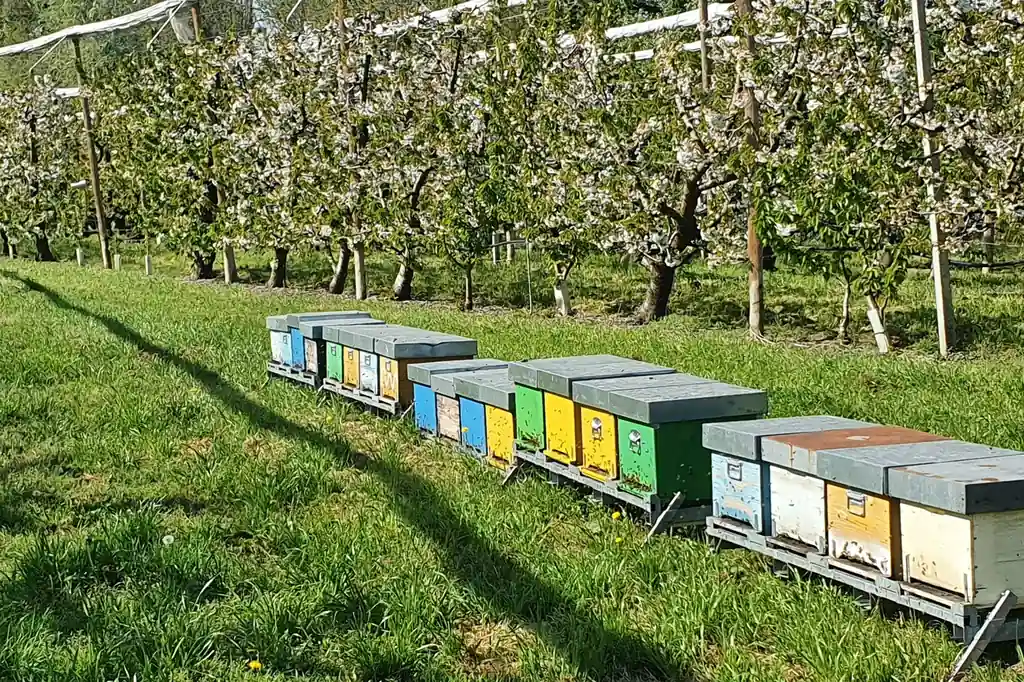Leaf nutrient content analysis has been one of the most important tools available to growers for many years to assess the nutritional status of their orchards, design fertilization programs, make adjustments during the season, and determine the impact of a nutritional strategy to correct deficiencies, excesses, and/or restore balances among different elements.
It is also widely used to confirm diagnoses of symptoms associated with nutritional problems such as iron chlorosis or necrosis, among others, enabling appropriate solutions in each situation.
Advantages
It is a low-cost, easy-to-sample analysis with reliable results if performed by certified laboratories and with reduced result delivery times.
Current Relevance
Today, the fruit industry faces growing demands from target markets, necessitating:
- Producing high-quality fruit capable of withstanding long-distance transport while maintaining its organoleptic characteristics.
- Being able to produce with minimal impact on carbon footprint, reducing the use of agrochemicals, and placing increasing importance on sustainable management practices.
Considerations
It should be noted that fertilizer prices have exponentially increased in recent months, forcing exploration of alternatives, which can also become significant opportunities, such as:
- Use of both solid and liquid organic amendments (composts and fulvic acids).
Practices related to regenerative agriculture: Inoculation of microorganisms that help improve nutrient availability, such as:
- Nitrogen-fixing bacteria
- Phosphorus-solubilizing bacteria
- Mycorrhizal fungi, among others.
This will require constant evaluation of essential element levels in leaves to determine the extent to which it is possible to transition to this type of input without altering nutritional balance, thus achieving high-quality fruit production without reducing productivity.
Current Limitations
The main limitations faced by producers, managers, and technicians are as follows:
- The information used in this area comes from studies or bibliographic references carried out in other countries, using combinations of varieties and rootstocks that are not frequently implemented in Chile. Furthermore, these studies are valid only for the post-harvest period between January and February, making it difficult to achieve reliable pre-harvest diagnoses to make corrections in fertilization-nutrition programs, aiming to have balanced trees, promote fruit quality, and avoid excessive costs due to over-fertilization. For this reason, each producer has had to build their own nutritional history over time, comparing themselves and developing their own standards related to production and quality outcomes.
- Another limitation is that traditionally, analysis is performed per season, which ends up being a mere "snapshot" of the nutritional status of an orchard, a block of orchards, or a variety, preventing us from seeing the dynamics of nutrient accumulation during the season. For example, in February we may observe an adequate level of potassium in the leaves, but we had an unsatisfied demand for this element in November and December, which is when translocation from leaves to fruits is maximal, resulting in caliber, sweetness, and/or compactness issues. Additionally, a low nitrogen value post-harvest is a good signal to make corrective applications of this element, but if not countered with a new analysis after making the measurements, we will never know the impact of our orchard management or learn how trees respond or how to efficiently fertilize them.
Nutritional Monitoring and Reference Values
At Abud & Co., understanding the importance of efficient nutrition based on good diagnostics for decision-making processes, we have:
- Since 2015
- Nutritional monitoring in most of our orchards and our clients' in collaboration with AGQ laboratories.
What does nutritional monitoring involve?
It consists of monitoring stations where nutritional levels and inputs are analyzed throughout the season in soil, water, solution, soil, leaves, flowers, fruits, and roots. This has allowed the development of efficient fertilization programs aimed at obtaining high-quality fruits, thanks to the ability to make diagnoses, corrections, follow-ups, and evaluations during the season, achieving short-term impacts on the outcome of each business unit.
Given the importance of what this tool has meant for the success of many orchards, and aware that it is necessary to contribute to the sector to continue growing and adapting to new times, we provide, in this excerpt, the reference values of local, updated, and monthly information on 14 essential nutrients, obtained through the collection, systematization, and statistical analysis of nearly 1,600 leaf analyses over the last seven seasons. The characteristics of this database that allow its use as a reference for a large number of orchards are as follows:
- All information comes from orchards managed with the same technical line, oriented towards producing fruit for export to the Chinese market, thus representing the reality of most growers.
- It is a representative sample of the main varieties and rootstocks grown in Chile.
- It includes analysis from over 50 farms across different seasons, located between Mallarauco and Parral.
- All analyses were performed by the same laboratory throughout the study period.
Statistical Analysis
- Trends in nutrient dynamics were analyzed by comparing varieties and then rootstocks, noting that in the former case, significant differences were not obtained, and the data were also highly variable, complicating statistical validity. When averages were obtained by grouping by rootstock, the coefficient of variation decreased to a level below 30%, and characteristic dynamics for each nutrient could also be observed. In practice, this implies that when conducting leaf nutrient analysis, the rootstock is more important than the variety; in other words, a comparative analysis between Santina and Lapins on Colt, under the same phenological phase and nutritional management, may be very similar or almost identical, but the same exercise using two Lapins plants, one on Colt and the other on acidic gindo, will yield different results due to the characteristics of the rootstock in nutrient absorption from the soil solution.
- So far, characteristic information is available for three rootstocks: Colt, Gisella 6, and Guindo ácido. As the universe of data continues to grow, we hope to incorporate other variables and update these standards over time.
- It is crucial to emphasize that these values are not directly related to a specific production level or caliber curve, nor are they intended to determine nutritional optimums, but rather to serve as a comparison or benchmarking point with a trend representative of the national reality when making decisions on how to improve the nutritional status of our orchards.
Source: Technical Area Abud & Co.
Image: Technical Area Abud & Co.
Cherry Times - All rights reserved











